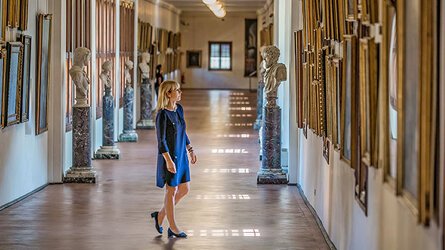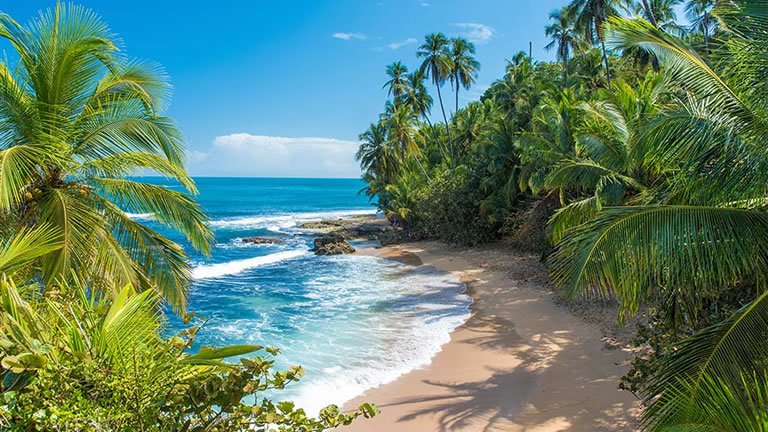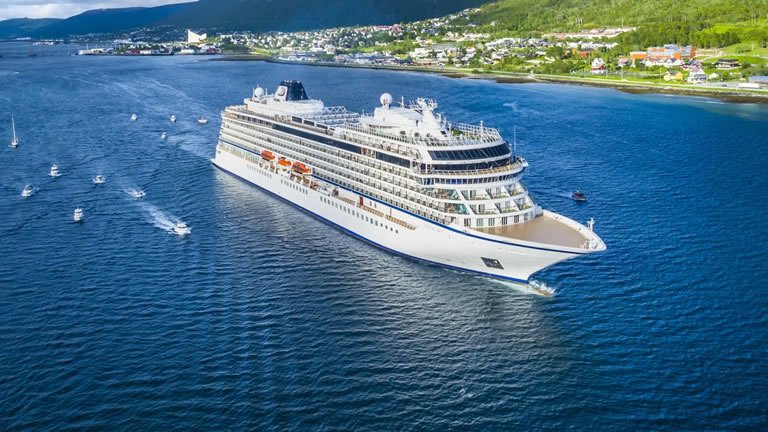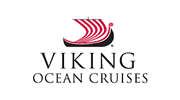Overview
Itinerary
Embark your ship and settle into your stateroom. A beloved leisure destination for Floridians and visitors alike, the Ft. Lauderdale area exudes the carefree attitude of South Florida's coast. In Miami, a thriving Cuban culture infuses Old Havana and gleaming high-rises overlook Biscayne Bay. On the outlying barrier islands, South Beach is an intoxicating blend of seaside glamour and art deco pastel brilliance. Farther north, the seven-mile-long Ft. Lauderdale Beach provides a more leisurely ambience. Along Las Olas Boulevard, cafés and boutiques invite lingering and endless browsing.
Sail through turquoise waters where legends of marauding pirates, swashbucklers and tales of hidden treasures were born. As you sail, take advantage of the array of delicious cuisine offered on board. You may visit Mamsen's, our casual gourmet deli, any time from early morning to late at night for a taste of traditional Norwegian fare. Or, dine at Manfredi's and savor an authentic Italian meal, with options ranging from Milanese risotto to Tuscan inspired classics.
The island of Cozumel holds the keys to many of the most intriguing secrets of Mexico's ancient civilizations. At San Gervasio, pre-Columbian women made offerings to Ix Chel, goddess of the moon and fertility. More recently, the Spanish left marks of their early presence in the colorful colonial architecture and lively traditions of San Miguel and at the scenic lighthouse at Punta Sur. Today, this island off Mexico's Yucatán Peninsula attracts as many snorkelers as it does history buffs; the Cozumel Reefs National Marine Park is the world's second-largest coral reef system.
Inhabited by the Maya for more than 5,000 years, Belize is home to more than a dozen remarkable ruins. At the ancient site of Altun Ha, one of Central America's most accessible archaeological treasures, several Mesoamerican temple-pyramids stand as testaments to an advanced civilization. Its most famous, the Temple of the Masonry Altars, is 54 feet tall. Offshore, Belize boasts another spectacular wonder: the famous Great Blue Hole. Just off Ambergris Caye, this natural phenomenon is a breathtaking chute in the middle of a shallow lagoon and paradise for diving enthusiasts.
Roatán is part of the Bay Islands and a snorkeler's paradise. The reefs that skirt its archipelago boast the highest diversity of corals in the Caribbean. Its botanical and butterfly gardens host an astonishing array of tropical plants and multihued winged creatures. More than a tropical playground, the Bay Islands have a rich history of Spanish, British and French presence, as all of them vied for land with the indigenous Caribs. Over the decades, settlers from around the world put down roots in this island paradise and established a successful fruit trade industry.
Learn about the delicate ecosystems of the Caribbean Sea that lie beneath the surface of these crystal clear, warm waters. These remarkable coral reefs are known as the “rainforests of the sea.” As you sail, explore our well-curated Library, tucked in a private alcove of the Living Room, and select from a broad range of titles. Read a book by the Main Pool, a calming oasis in any weather with its retractable roof, allowing for year-round swimming.
Puerto Limón is the gateway to one of the world's most biodiverse countries. In 1502, Christopher Columbus landed on the nearby island of Isla Uvita. Puerto Limón boasts a diversity of its own. Italian, Jamaican and Chinese residents descended from immigrants who came here to lay the railroad to San José in the late 19th century. Coffee exports from the highlands, and the later arrival of the United Fruit Company, helped to bolster the local economy. Today, a rich Afro-Caribbean heritage is prevalent, with many speaking a creole form of English, Limonese Creole.
Colón lies near the Panama Canal's Atlantic entrance. During the California gold rush, prospectors from the eastern United States sailed here, trekked across the narrow isthmus of Panama, then sailed up the Pacific coast, believing the journey easier than traversing the entire United States. Indigenous tribes maintain a strong presence in this northern corner of Panama. In the city's rural reaches, the Emberá people—descended from ancient tribes—live in thatched-roof huts, travel by dugout canoe and weave traditional baskets.
The Panama Canal connects the Pacific and Atlantic Oceans, crossing the narrowest stretch of the Isthmus of Panama. A full transit through the 48-mile-long canal takes around eight to ten hours and passes through the Gatun Lake and the Culebra Cut, an artificial valley that runs through the Continental Divide. An engineering marvel of the 20th century, the crossing passes through a series of locks that lift and lower ships 85 feet from sea level, guided by electric locomotives known as mulas. The Panama Canal transit is a rite of passage and a truly memorable experience.
Panama City is a gleaming city of high rises on the Pacific and gracefully blends new and old. At once a rousing tribute to international finance and a rich reminder of a colonial past, it is Central America's unparalleled cosmopolitan center. The atmospheric Old Town, the Casco Viejo, straddles a peninsula and hosts some of the nation's most prized cultural and historic treasures, including churches, palaces and plazas. Nearby, one of the world's greatest engineering feats, the Panama Canal, conveys ships along its 48 miles to the Caribbean Sea. After breakfast, disembark your ship and journey home.
Life Onboard Viking Mars

With her maiden voyage in 2022, the Viking Mars is an all-veranda ship, part of Viking's fleet of award winning ships incorporating all the comforts & luxuries you would expect from Viking. Read more

Viking are destination experts. With no casinos or children on board, you can be assured that the focus is firmly on enrichment and education. Read more

After a day of exploration or just to enhance the relaxation of a day at sea, the on-board Spa will leave you feeling recharged and revitalized. Read more

Viking offer eight on board dining options. Beer, wine and soft drinks are available with lunch and dinner at no additional charge of fee. Read more

Viking proudly includes all that you need and nothing you do not. A variety of features and services valued at $200 per person per day are standard inclusions in your cruise. Read more

Viking include one complimentary shore excursion in every port of call. Enjoy exclusive entry to cultural treasures and seldom-seen collections around the world. Read more

Trip Reviews (7) View All Most Recent 'Classic Panama Canal Passage' Reviews
Brochure

Viking River, Ocean & Expedition Voyages (2025-27)
Availability
 USD
Port charges, taxes and fees included.
USD
Port charges, taxes and fees included.
Tour & cruises prices are per person. Prices shown have savings applied, are subject to availability and may be withdrawn at any time without notice. Pricing and trip details are correct at this point in time, however are subject to confirmation at the time of booking and are subject to change by Viking. For cruise itineraries, cabin images are sourced from Viking. These should be treated as indicative only. Cabin inclusions, upholsteries and room layout may differ to the image(s) shown depending on the ship selected and your sailing dates.









